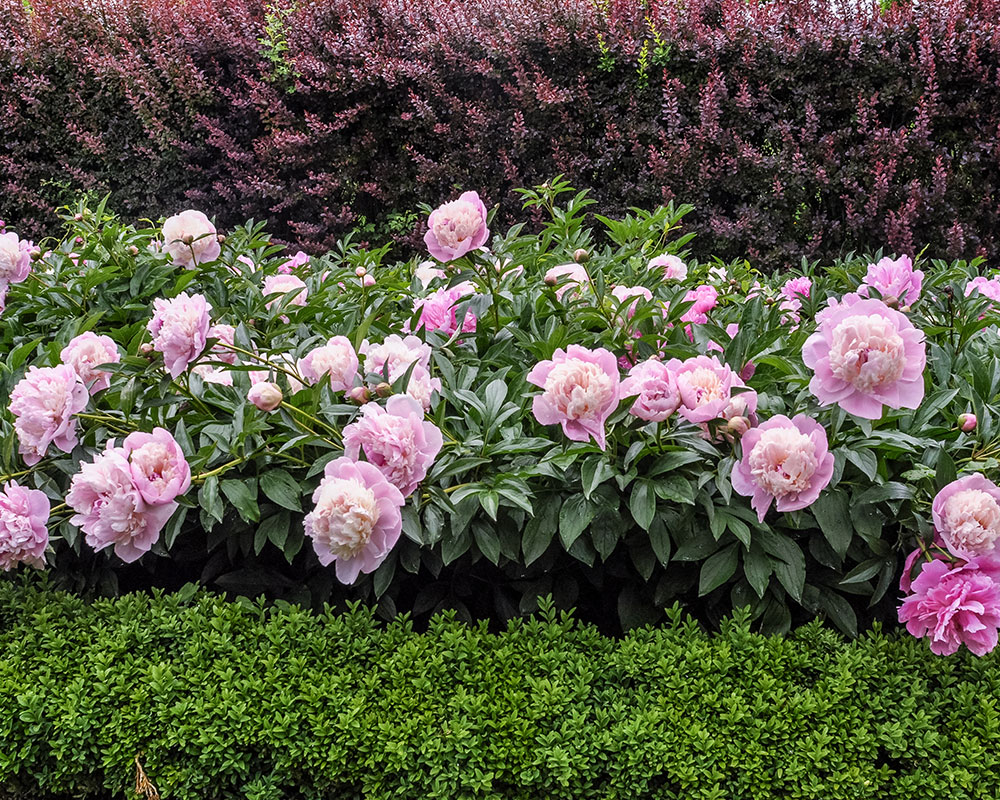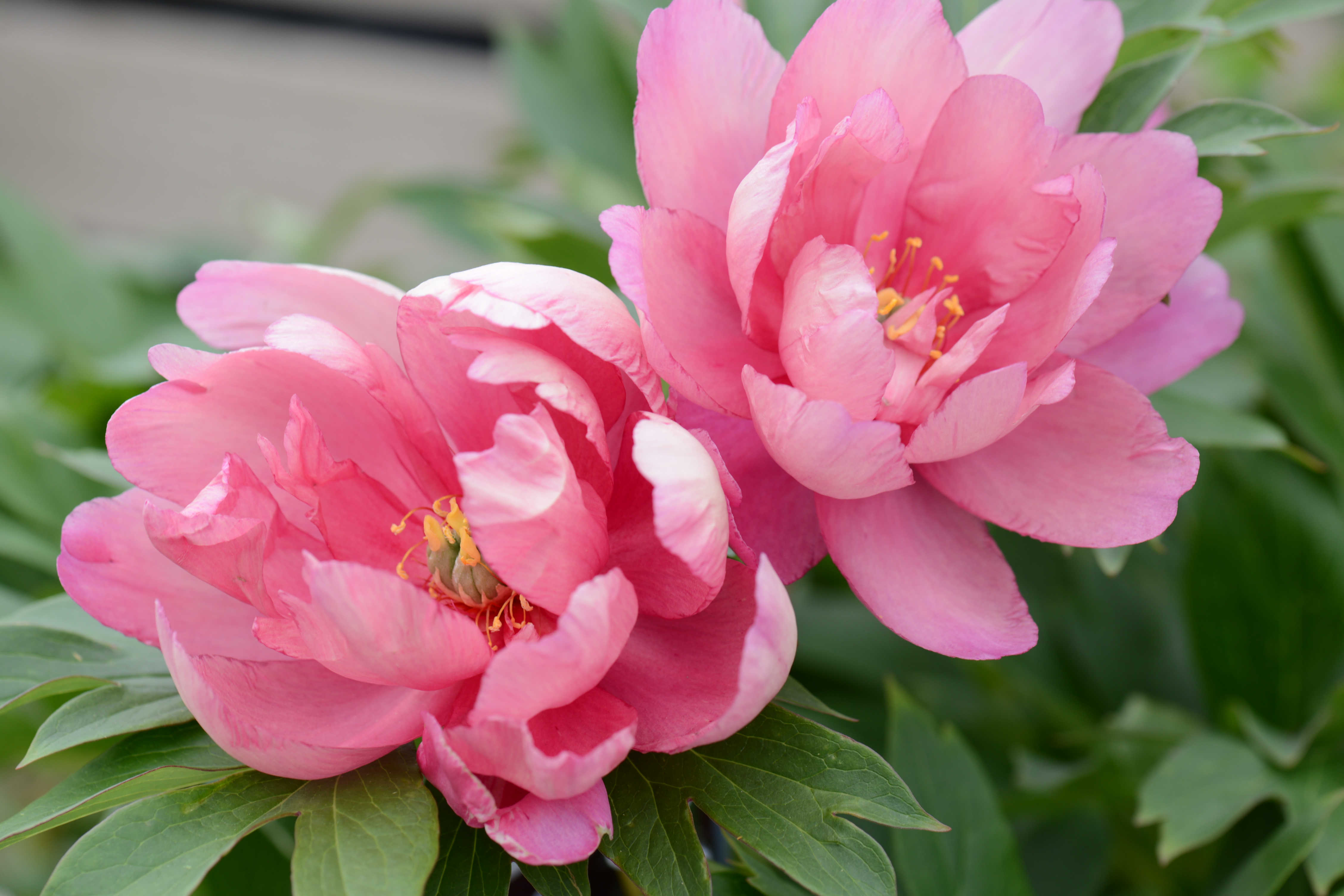

Turns out, you can buy compost in bulk from the nursery, so we ordered some up and waited for it to be delivered. It really took no time at all, so in the end I am glad I did it.Ī few weeks later we headed back out to the nursery to pick out some new plants for our flower garden, to ask them about the hydrangea which wasn't doing much of anything, and to get some more soil to fill our garden bed. I had been thinking I would just get plants that had already been started from our nursery, but since I had some seeds left over from last time, I threw all we-have-a-baby-and-therefore-we-have-no-time caution to the wind and started some seeds. I also started some arugula, peas, basil and tomatoes in our basement around that time. In early April, we finally built the raised bed.and by 'we' I mean: my husband and by 'built' I mean: we had Home Depot cut the wood for us and we ordered a kit to assemble them into a raised bed. The ant species that frequent peony blooms are dwellers of outdoor habitats and have no interest in living when we last left off with our gardening adventures, we had just purchased a new hydrangea for our flower garden and moved some peonies and scoped out where we were going to put our raised beds. Growing peonies near the house will not cause ants to come into the home.


They are attracted to the sugary secretions found on peony blooms. Ants do not help open peony buds and are not required for their growth.Simply cut them off, leaving behind the leaves, which are needed through the growing season for photosynthesis. Removal of spent peony blooms does not harm the plant and may produce a tidier looking planting.Manure has been linked to the peony disease botrytis. Use of manure should be avoided, especially in close proximity to the crown and stems of the plant.Do not fertilize, unless there is a reason to do so. Apply fertilizer around the drip line of the plant. Light fertilizer application may be done after flowering and again in late August. Avoid using fertilizers high in nitrogen, like those used for the lawn, as they cause soft-disease susceptible growth. Bulb fertilizers are good for peonies.If water is needed, water soil around the drip line of the plant, never water the foliage.Plants can be cut even with the ground or a few inches of stem may be left behind. Remove herbaceous peony stems and leaves from the garden in the fall.Remove diseased foliage and stems as seen throughout the growing season.Woody peonies are much less likely to experience mildew infections. Fall cleanup of the garden is helpful in preventing mildew reinfection from year to year. Mildew infections are most prevalent during humid summer conditions. While this fungus is unsightly, it does not appear to be harmful. Plants will appear to have a white colored coating, which can be washed off with some effort. Mildew has been showing up on peony foliage and stems in recent years.Fungal diseases are especially problematic during cool, wet periods in the spring. Any stems that show wilting or blackened areas should be cut out and removed to prevent spread. Remove the foliage from the garden and place it in the trash to avoid reinfection in coming seasons. Prevention is the best method to avoid issues-cut herbaceous peonies to the ground as they begin to go dormant in the fall. Botrytis may infect stems and leaves, causing blackened areas and sometimes a gray mold may be accompanied. The main pests of peonies are fungal diseases, namely botrytis.Wrapping the base of the woody peony with chicken wire in the fall will prevent this. However, woody peonies may experience rabbit damage in the winter months. Few animals bother to eat any part of a peony.Prevention is Best Practice Rascally Rabbits and Fungus ‘Amung’ Us


 0 kommentar(er)
0 kommentar(er)
